Bergmann M.0511377398, 0521881285
Table of contents :
Cover……Page 1
Half-title……Page 3
Title……Page 5
Copyright……Page 6
Dedication……Page 7
Contents……Page 9
Preface……Page 13
1.1 Issues of Vagueness……Page 15
1.2 Vagueness Defined……Page 19
1.3 The Problem of the Fringe……Page 20
1.4 Preview of the Rest of the Book……Page 21
1.5 History and Scope of Fuzzy Logic……Page 22
1.7 Exercises……Page 24
2.1 The Language of Classical Propositional Logic……Page 26
2.2 Semantics of Classical Propositional Logic……Page 27
2.3 Normal Forms……Page 32
2.4 An Axiomatic Derivation System for Classical Propositional Logic……Page 35
2.5 Functional Completeness……Page 46
2.6 Decidability……Page 49
2.7 Exercises……Page 50
3.1 The Language of Classical First-Order Logic……Page 53
3.2 Semantics of Classical First-Order Logic……Page 56
3.3 An Axiomatic Derivation System for Classical First-Order Logic……Page 63
3.4 Exercises……Page 69
4.1 Numeric Truth-Values for Classical Logic……Page 71
4.2 Boolean Algebras and Classical Logic……Page 73
4.3 More Results about Boolean Algebras……Page 77
4.4 Exercises……Page 83
5.1 Kleene’s “Strong” Three-Valued Logic……Page 85
5.2 Lukasiewicz’s Three-Valued Logic……Page 90
5.3 Bochvar’s Three-Valued Logics……Page 94
5.4 Evaluating Three-Valued Systems; Quasi-Tautologies and Quasi-Contradictions……Page 98
5.5 Normal Forms……Page 103
5.6 Questions of Interdefinability between the Systems and Functional Completeness……Page 104
5.7 Lukasiewicz’s System Expanded……Page 108
5.8 Exercises……Page 110
6.1 An Axiomatic System for Tautologies and Validity in Three-Valued Logic……Page 114
6.2 APavelka-Style Derivation System for L3……Page 128
6.3 Exercises……Page 140
7.1 AFirst-Order Generalization of L3……Page 144
7.2 Quantifiers Based on the Other Three-Valued Systems……Page 151
7.3 Tautologies, Validity, and “Quasi-”Semantic Concepts……Page 154
7.4 Exercises……Page 157
8.1 An Axiomatic System for Tautologies and Validity in Three-Valued First-Order Logic……Page 160
8.2 APavelka-Style Derivation System for L3 V……Page 167
8.3 Exercises……Page 173
9.1 Numeric Truth-Values for Three-Valued Logic……Page 175
9.2 Abstract Algebras for L3,KS3,BI3, and BE3……Page 177
9.3 MV-Algebras……Page 181
9.4 Exercises……Page 186
10 The Principle of Charity and a New Problem of the Fringe……Page 188
11.1 Fuzzy Sets and Degrees of Truth……Page 190
11.2 Lukasiewicz Fuzzy Propositional Logic……Page 192
11.3 Tautologies, Contradictions, and Entailment in Fuzzy Logic……Page 194
11.4 N-Tautologies, Degree-Entailment, and N-Degree-Entailment……Page 197
11.5 Fuzzy Consequence……Page 204
11.6 Fuzzy Generalizations of KS3, BI3, and BE3; the Expressive Power of FuzzyL……Page 206
11.7 T-Norms, T-Conorms, and Implication in Fuzzy Logic……Page 208
11.8 Godel Fuzzy Propositional Logic……Page 213
11.9 Product Fuzzy Propositional Logic……Page 216
11.10 Fuzzy External Assertion and Negation……Page 217
11.11 Exercises……Page 220
12.1 More on MV-Algebras……Page 226
12.2 Residuated Lattices and BL-Algebras……Page 228
12.3 Zero and Unit Projections in Algebraic Structures……Page 233
12.4 Exercises……Page 234
13.1 An Axiomatic System for Tautologies and Validity in Fuzzy……Page 237
13.2 A Pavelka-Style Derivation System for Fuzzy……Page 243
13.3 An Alternative Axiomatic System for Tautologies and Validity in FuzzyL Based on BL-Algebras……Page 259
13.4 An Axiomatic System for Tautologies and Validity in Fuzzy G……Page 263
13.5 An Axiomatic System for Tautologies and Validity in Fuzzy P……Page 266
13.7 External Assertion Axioms……Page 268
13.8 Exercises……Page 270
14.1 Fuzzy Interpretations……Page 276
14.2 Lukasiewicz Fuzzy First-Order Logic……Page 277
14.3 Tautologies and Other Semantic Concepts……Page 280
14.4 Lukasiewicz Fuzzy Logic and the Problems of Vagueness……Page 282
14.5 Godel Fuzzy First-Order Logic……Page 292
14.6 Product Fuzzy First-Order Logic……Page 294
14.8 Exercises……Page 296
15.1 Axiomatic Systems for Fuzzy First-Order Logic: Overview……Page 301
15.2 APavelka-Style Derivation System for Fuzzy……Page 302
15.3 An Axiomatic Derivation System for Fuzzy……Page 308
15.4 Combining Fuzzy First-Order Logical Systems; External Assertion……Page 311
15.5 Exercises……Page 312
16.1 Fuzzy Qualifiers: Hedges……Page 314
16.2 Fuzzy “Linguistic” Truth-Values……Page 317
16.3 Other Fuzzy Extensions of Fuzzy Logic……Page 319
16.4 Exercises……Page 320
17.1 Defining Membership Functions……Page 323
17.2 Empirical Construction of Membership Functions……Page 326
17.4 Exercises……Page 327
APPENDIX: Basics of Countability and Uncountability……Page 329
Bibliography……Page 335
Index……Page 341
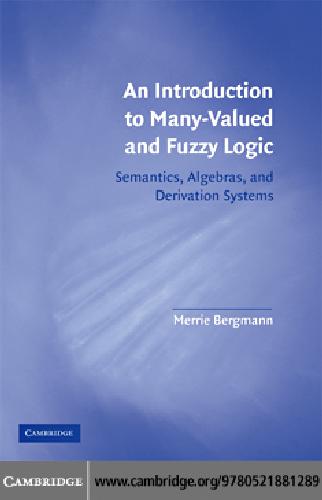

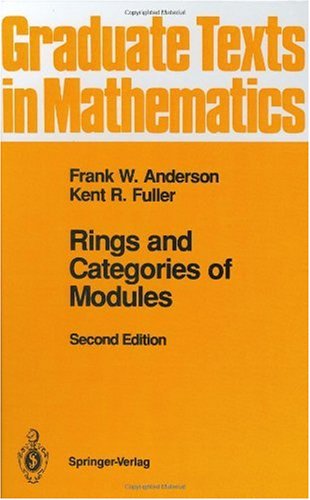

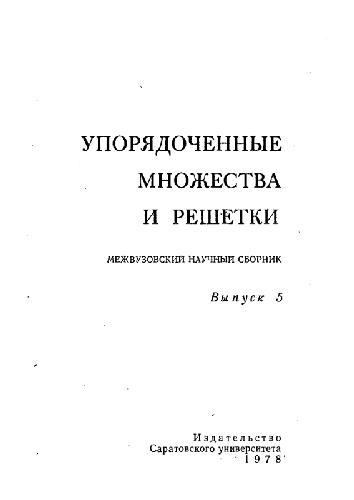
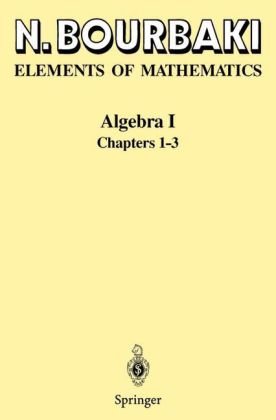
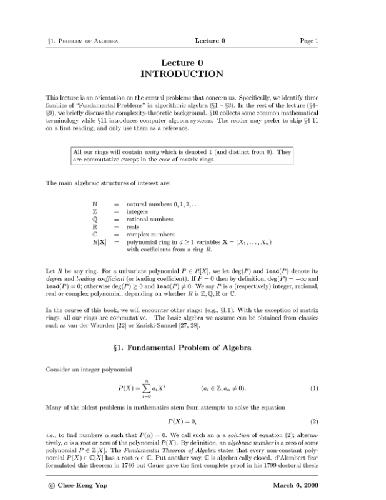
Reviews
There are no reviews yet.